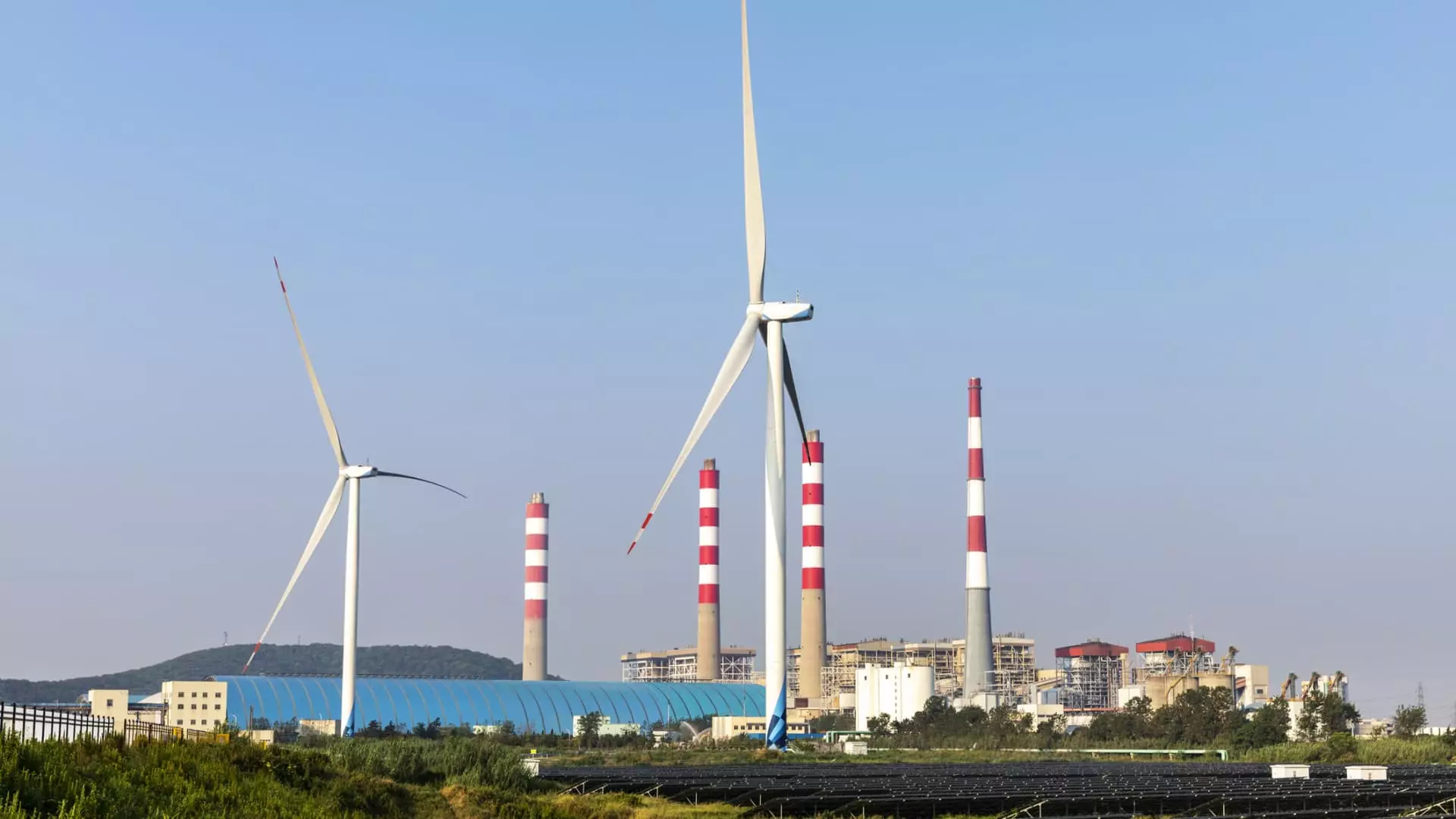The United States is striving to generate 30,000 megawatts of wind power by 2030, yet it currently stands at a mere 42 megawatts. In contrast, Europe added 18,300 megawatts of new wind energy capacity in 2023 alone. The Biden administration is pushing for a greener future, but various challenges stand in the way of achieving this ambitious goal.
A significant step towards ramping up wind energy production in the United States is the construction of the Charybdis, an enormous boat that is about 89% complete. Named after a mythological Greek sea monster, this vessel will play a crucial role in offshore wind energy projects. With the capacity to transport 12 blades at a time, each measuring 357 feet and weighing 60 tons, the Charybdis is a key piece of the puzzle in meeting the nation’s energy goals.
One significant hurdle that offshore wind projects in the U.S. face is the Jones Act, a law dating back to 1920 that requires cargo shipped between U.S. points to be carried by American vessels. This poses a challenge as there are currently no American vessels capable of transporting wind turbine parts from the shore to installation sites at sea. The Charybdis will play a vital role in overcoming this barrier by complying with the Jones Act and facilitating efficient transportation of components.
Cost factors, such as rising interest rates and supply chain bottlenecks, have hindered the progress of offshore wind projects. The Federal Reserve’s decision to raise interest rates 11 times between March 2022 and July 2023 has made it more expensive to finance large construction projects, impacting the feasibility of wind farms. While federal subsidies and tax credits aim to offset some of these challenges, developers still face an uphill battle in bringing projects to fruition.
Despite the obstacles in the way, the Biden administration remains optimistic about the future of offshore wind energy in the United States. With nearly $6 billion invested in developing offshore wind infrastructure, including manufacturing sites and ports, the government is committed to supporting the growth of the industry. The Charybdis is not just a vessel for one project but a symbol of hope for future developments along the nation’s coastline.
The race to catch up in offshore wind power generation is a challenging one, but with the right tools, technology, and government support, the United States can move closer to achieving its renewable energy goals. The completion of the Charybdis and the commitment to further investments in wind energy signal a shift towards a more sustainable future. As the nation works to overcome logistical, financial, and regulatory barriers, the fight for offshore wind power continues, with the hope of a cleaner, greener tomorrow.


Leave a Reply